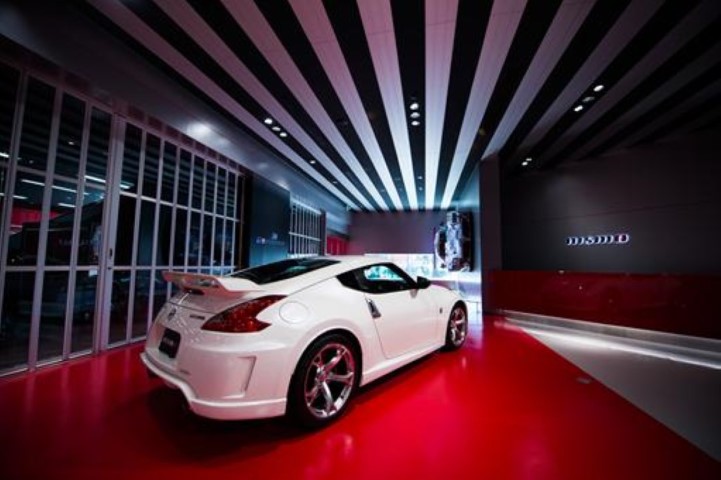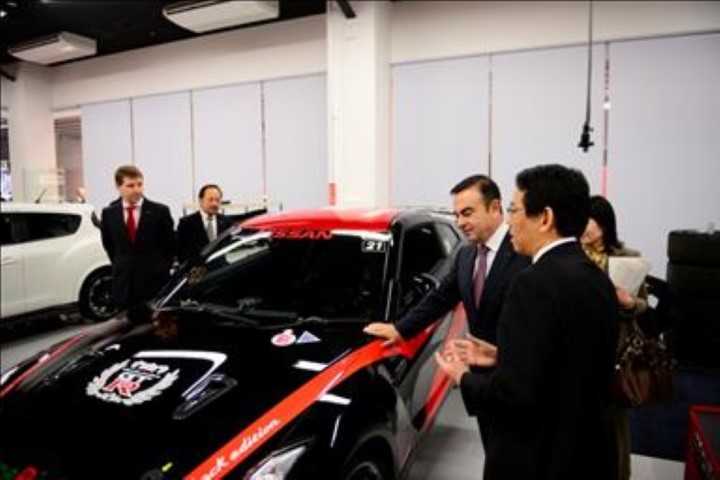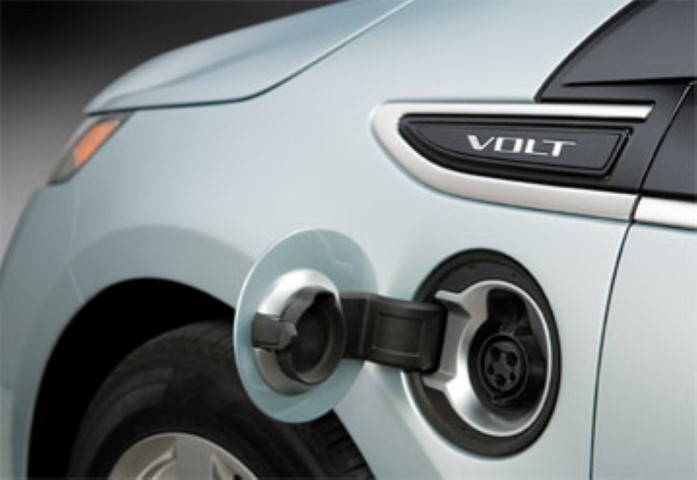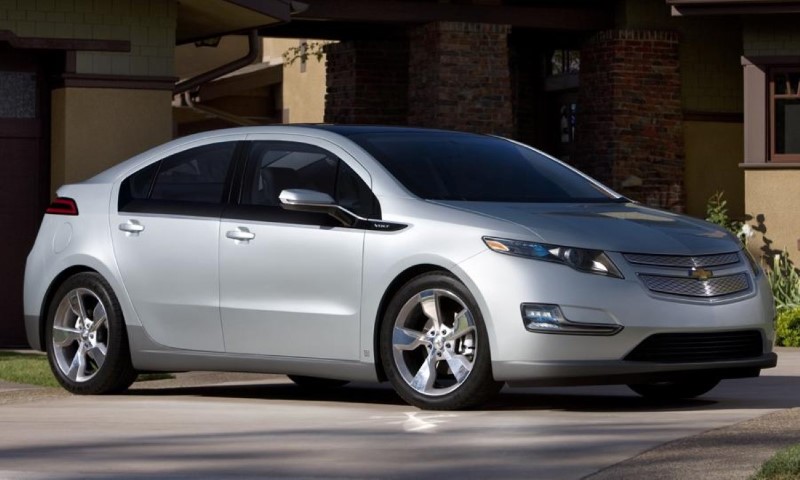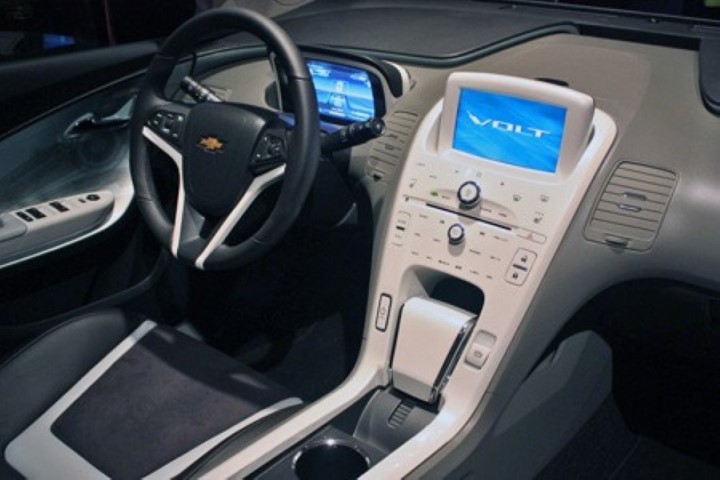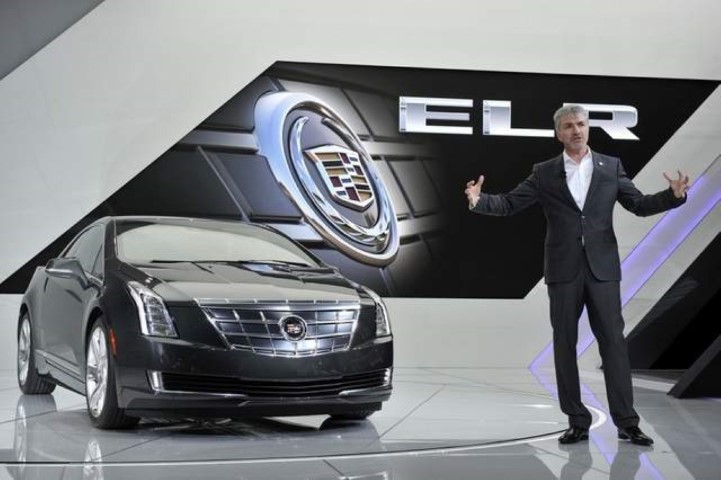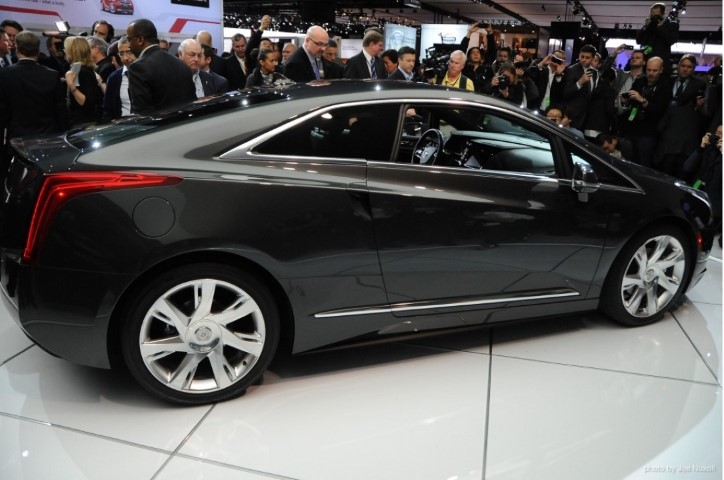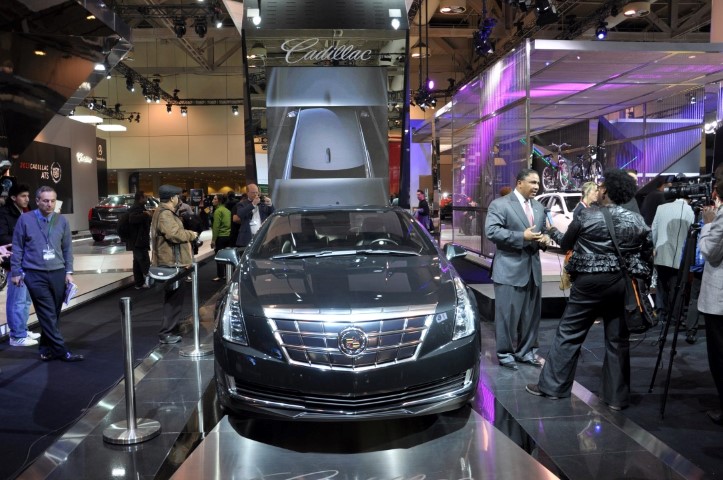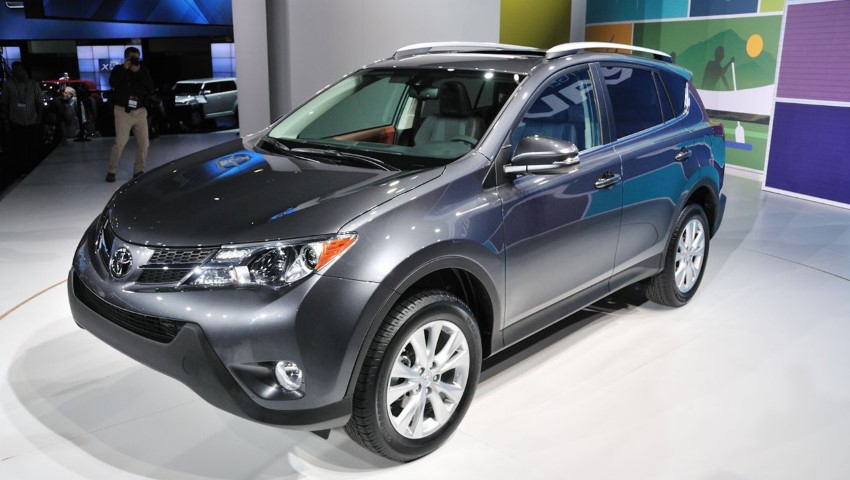When a promise becomes a sound premise
Barely into the second week of February and Hyundai Auto Canada Corp. (HACC) made a confident offer to the Canadian market. Called the “Hyundai Promise”, the Korean-based manufacturer announced it was giving Canadians up to 30 days to decide if the Hyundai Sonata was their right purchase choice.
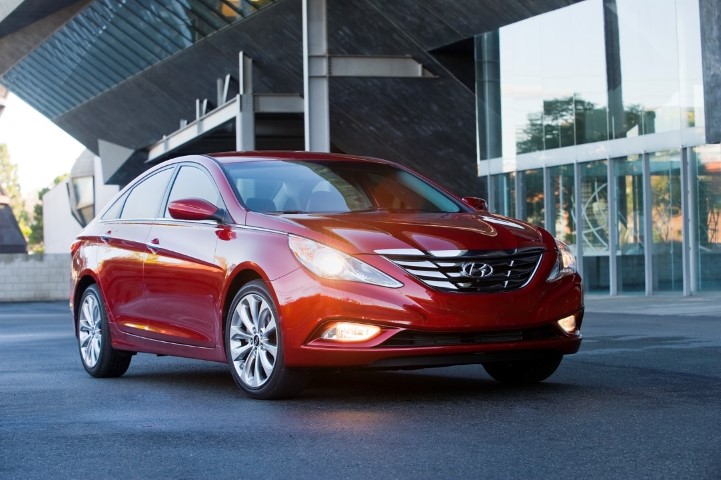
The "Hyundai Promise" initiative is a nation-wide pilot project the company is exploring to give buyers of the Sonata the added confidence in their purchase decision in the short term – by accepting the vehicle's return – as well as into the future with a longer warranty, extended from 5-years and 100,000 kilometres to 7-years and 120,000 kilometres.
This new programme allows Canadian consumers to return the vehicle and get their money back, without a usage or penalty fee.
As John Vernile, Vice President of Sales and Marketing at HACC stated "We looked at what the competition had to offer and saw that our Sonata stands toe-to-toe with the best on the market, which is why we can offer this type of programme. Buying a car is a big decision, so we want to help assure our customers they made the right choice and can be proud of their Sonata. The Hyundai Promise does that by giving them peace-of-mind both now and over the long term."

Mr. Vernile continued, "We're so convinced that the Sonata will win buyers over in 30 days or less, that we'll give them their money back if it doesn't."
There is a third part to this equation; 0% financing for up to 72 months.
Pretty bold.
But in reality, is it?
A follow up chat with Chad Heard, Public Relations Manager from HACC at the 40th Anniversary edition of the Canadian International AutoShow in Toronto underlined the manufacturer’s intent going forward.
To be 100% clear, this may be a limited time offer. Which part? All of it or specific components?
That will depend – upon many factors. The economic climate; Sonata sales generally and, of course, the reaction from the public.
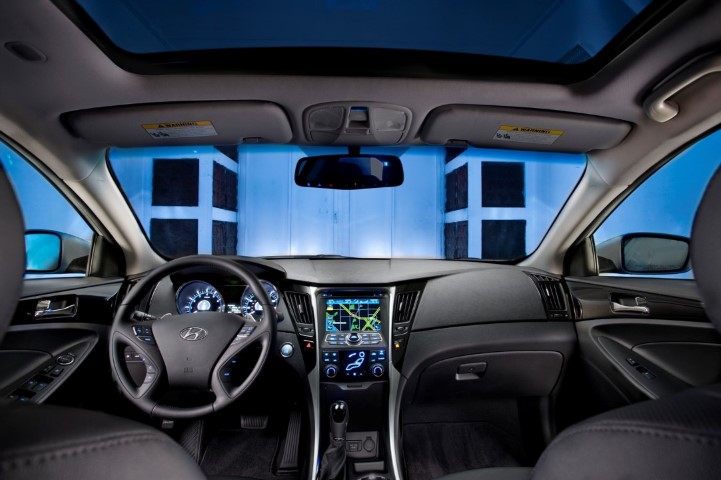
Hyundai have in the past couple of years enjoyed considerable success with their products and some vehicles specifically. In 2012, as a manufacturer, Hyundai sold more vehicles in Canada than Honda. And the Hyundai Santa Fe 2.0T was voted the winner of the Automobile Journalists Association of Canada (AJAC) 2013 Canadian Utility Vehicle of the Year on February 14, 2013. The Elantra GT finished just behind the Honda Accord Sedan in the Car of the Year category and in 2012, the Elantra was declared the AJAC Car of the Year. Once considered a value brand, Hyundai is making strong statements as a valuable brand.
Any time a manufacturer makes a strong statement such as the Hyundai Promise, you know that considerable thought has been invested. Obviously, Hyundai has faith in the overall quality of the Sonata (and their other line extensions), but perhaps more importantly regardless of who is ultimately financing this initiative, the dealer network must be supportive. Mr. Heard made it quite clear that the Promise has the complete support of Hyundai’s 206 dealers coast to coast and that this was, overall, a corporate initiative.
There is an economic implication. There is a risk. But the risk is deemed acceptable.
While there is small print attached to the offer, it is not necessarily considered onerous. The reality is that few consumers are likely going to return their Sonata within 30 days. And as for the 2 years and 20,000 kilometres added to the overall warranty? Well, to say that confidence is high on overall quality and reliability among dealer principals and Hyundai executives would be an understatement.
Since the major redesign of the Sonata, the quality of this brand has been duly noted. Consequently adding to an existing warranty is a (well) calculated risk – especially since J.D. Power and Associates just released a study that measures problems experienced by owners of three-year old vehicles. The result, reported problems fell 5% since they began collecting data in 1989. That same study also proclaimed the Sonata was the most reliable mid-size car overall.
J.D. Power also revealed that the average age of a vehicle being traded in is 6.3 years – just shy of Sonata’s new benchmark – meaning that that same vehicle, when re-sold today may be done with some warranty remaining! Added value to a consumer considering a previously owned product – what a novelty, yet also a (re-) selling feature.

Were you aware that a short five years ago 14% of car buyers financed their vehicles over 72 months? That number is now a startling 58% - an astounding number when you consider that 66% of vehicles purchased are financed!
So, at the end of the day, is Hyundai bowing to market pressure – or are they better corporate citizens when it comes to the promise on the Sonata? Or really just good business people hedging their bets?
We’ll see soon enough; especially if the promise extends to other brand extensions. Elantra with a 7/120 promise? Wait and see.


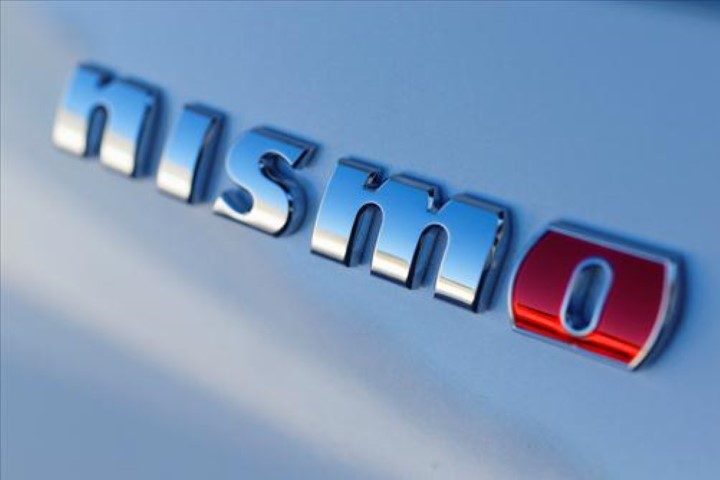 YOKOHAMA, Japan – Nissan Motor Co., Ltd. today kicked off a new era for NISMO, confirming it as Nissan’s exclusive global performance car and motorsports brand and officially opening the new NISMO global headquarters and development center in Yokohama, Japan.
YOKOHAMA, Japan – Nissan Motor Co., Ltd. today kicked off a new era for NISMO, confirming it as Nissan’s exclusive global performance car and motorsports brand and officially opening the new NISMO global headquarters and development center in Yokohama, Japan.